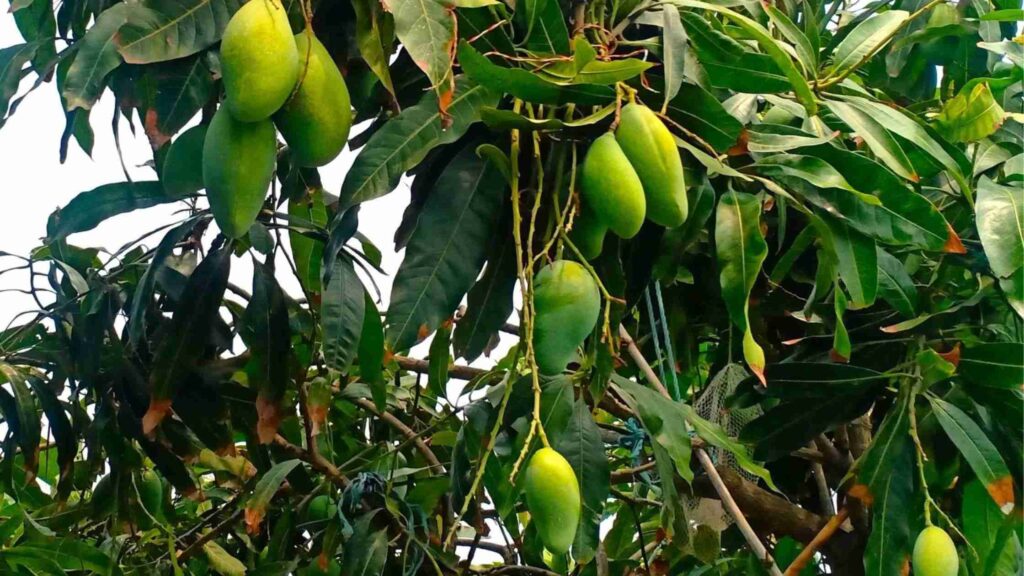If the leaves on your rose plant are burning or curling and the blooms are also getting burnt, similar to this one, what should you do? I will explain a few steps for the treatment of Rose Leaf Curl & Burn Disease.
This issue often occurs due to pest attacks and is more common in the summer. Hybrid roses perform much better in warm and dry climates and usually don’t thrive in humid environments. The humidity in my area is quite high, which causes many problems when growing hybrid roses, as they require extensive care. However, local varieties can be grown easily in hot and humid environments.
Hard Pruning the Rose Plant
The first step was to perform hard pruning on my plant. New growth appeared on my rose plant, so I pruned all the branches just above the new shoots. After completing the pruning, I proceeded to the next step.
Replacing the Fresh Soil
As the second step, I removed the surrounding soil from the existing pot and replaced it with a fresh soil mix. For the mix, I used 50% normal garden soil, 30% vermicompost, and 20% cocopeat. Based on my experience, rose plants don’t thrive in sandy soil, so I chose clay-type soil. If possible, it’s better to avoid disturbing the soil. However, using fresh soil can promote better growth for the plant.
Applying the Rose Care Fertilizer

The third step was crucial: I added a fertilizer called “Rose Care.” I applied 50 grams, which is about 10 teaspoons. For new plants, use only 25 to 30 grams at once. If you don’t have Rose Beauty, you can use any organic or chemical fertilizer specifically designed for roses, available at local fertilizer stores or online. Rose Care organic fertilizer is crucial for rose leaf curl and burn disease.
Applying the Mixed Organic Fertilizer
The fourth step was to prepare a fertilizer mix for the rose plant. Roses are heavy feeders, so try to feed them at least once every 30 to 40 days. I used 50 grams of vermicompost, but you can use cow dung manure or kitchen compost. Additionally, I included 20 grams of mustard cake powder, 25 grams of bone meal, 25 grams of neem cake, and 5 grams of Epsom salt. I mixed these components thoroughly and applied them directly to the soil, spreading it evenly. Afterward, I added the soil I had removed from the upper portion of the pot, watered the plant, and kept it on the terrace, protecting it from direct mid-sunlight.
Applying the Pesticide to the Rose Plant

The most important thing to note is that this symptom usually occurs when pests attack the plant. To protect our plants, we need to use pesticides. The pesticide I used is Theeta, a bio-organic pesticide that works well on rose plants. The dosage is 1.5 ml per liter of water, and I used a 1-liter sprayer. I sprayed at least once every 7 to 10 days, either in the early morning or late evening. Before spraying, I shook the solution very well. Regular spraying is essential for maintaining a healthy rose plant.
After 45 days of applying the pesticide, rose buds started to appear, and the plant began blooming regularly. After 65 days, the rose plant’s leaves looked fresh and healthy, with no signs of leaf burn. The flowers were growing bigger and more vibrant.



